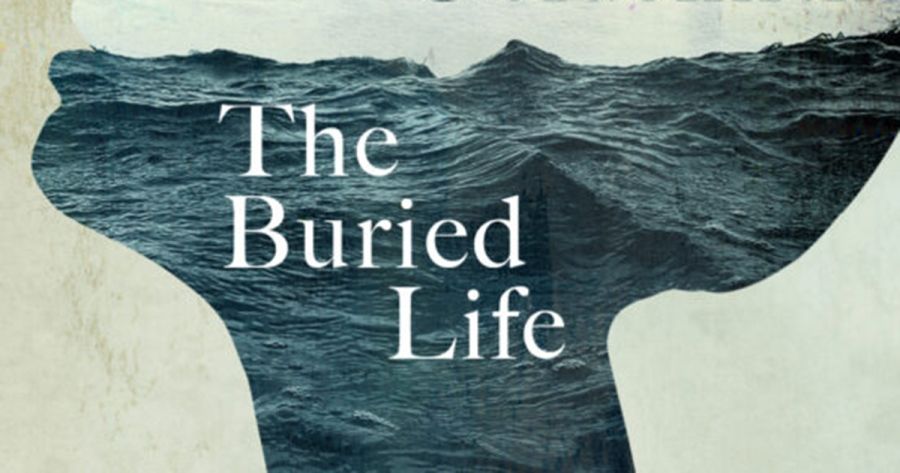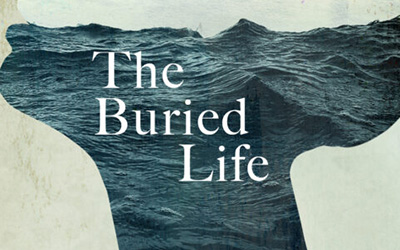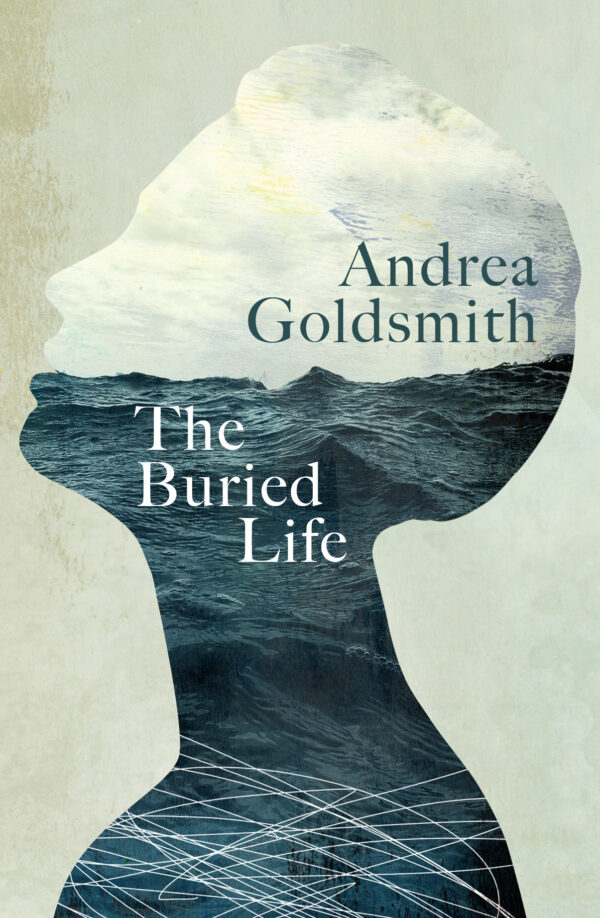
- Free Article: No
- Contents Category: Fiction
- Review Article: Yes
- Article Title: The river of life
- Article Subtitle: A subterranean novel
- Online Only: No
- Custom Highlight Text:
Adrian is a professor at a top Australian university and his specialty is death. He lectures on it, writes books on it. Both his parents died when he was a child, one by suicide, but those are long-forgotten events that have nothing to do with his life’s work.
- Featured Image (400px * 250px):

- Alt Tag (Featured Image): Jane Sullivan reviews ‘The Buried Life’ by Andrea Goldsmith
- Book 1 Title: The Buried Life
- Book 1 Biblio: Transit Lounge $34.99 pb, 318 pp
- Book 1 Cover Small (400 x 600):

- Book 1 Cover (800 x 1200):

- Book 1 Readings Link: https://www.readings.com.au/product/9781923023253/the-buried-life--andrea-goldsmith--2025--9781923023253#rac:jokjjzr6ly9m
Goldsmith specialises in ensemble novels, bringing contrasting characters together so the reader can observe all the small collisions and the sparks and bruises that result. In this story, most of the colliding characters are denizens of well-educated, middle-class, middle-to-older-aged Melbourne, a world where people quote poetry and compare gourmet cheeses, a world familiar to anyone who has been to a social gathering where the guests are academics whingeing about the terrible state of academia. These are people of privilege, but there is an underlying air of discontent or confusion that promises drama.
In the manner of George Eliot, Goldsmith introduces each of her three main characters with a summary of character, history, and situation. So we meet Adrian, ‘a temperate sort of man’; Laura, an exotic Nefertiti-like beauty with a successful career as a social scientist; and Adrian’s friend Kezi, a young lesbian who supports herself with call centre work, while her real passion is making craft paper. (Nobody has children, which seems a lost opportunity: but maybe that would add too complicated a layer.)
This summing-up breaks the classic rule of creative writing: show, don’t tell. But rules are made to be broken, and if that was good enough for George Eliot, it’s certainly good enough for Goldsmith.
Another parallel with Eliot, which Goldsmith acknowledges, is Laura’s marriage to Tony, with its echoes of Dorothea’s disastrous marriage to Casaubon in Middlemarch. But whereas Casaubon is a glum, dry stick of a man, Tony is loud, charming, controlling, and nasty. He is the one truly insufferable character in a story where people are generally observed with a satirical yet affectionate eye. Laura doesn’t just suffer Tony gladly, she worships him. He strode into her life when she was a young, vulnerable student hungry for intellectual heft; he was her genius and mentor. She has never seen beyond that, and any small doubts are buried under the utter terror of facing a life without him.
Goldsmith constructs her scenes with a skill that enables the reader to see the characters’ shortcomings, denials, and evasions long before the characters themselves become aware of them. There is a gleeful feel to this double vision: we are like children at a pantomime watching the villain creep up behind the oblivious hero as we shout ‘Behind you!’. But there are also surprises and poignant moments as Adrian, Laura, and Kezi all face the most disturbing aspects of the buried life.
Music, novels, and poetry are important in this densely allusive story, particularly at a moment where we are told Adrian is about to fall in love. He is driving back from Adelaide and stops at a roadside café. I am guessing that he will fall for the checkout chick behind the counter, but something much more improbable and magical happens: a beautiful voice emerges from the café’s sound system, and Adrian (the temperate man, not particularly fond of classical music) is transfixed. He finds out that it is Kathleen Ferrier singing The Farewell, the last part of Mahler’s The Song of the Earth. This revelation leads the way to him falling in love with a living woman.
For Matthew Arnold, love offers a way to revive the buried life: this is true also in Goldsmith’s story, but with the added complication that love can confuse, distract, and lead to dead ends. My favourite character is Kezi, and love brings her much grief and fear. She has broken ties with Crossroads, the cult-like church that formed her as a child, but her parents, still within the church, have disowned her and her sexuality. While rejecting Crossroad’s control, she misses its comfort and certainty and the ecstatic singing. She has had plenty of girlfriends but can’t bear to let any of them get too close.
After a dead woman singing her way into Adrian’s heart in the roadside café, my second favourite scene is when Laura’s sister and her husband, long derided by Tony as boring nonentities, finally get up the courage to tell him where to get off, despite Laura’s frantic attempts to keep the peace.
In a novel where death plays such a prominent part, it is no surprise that one of the characters dies, and the tale ends with an imaginary journey into an Antarctica of the mind and spirit. Part of me was thinking that surely nobody is ever collected or eloquent enough to improvise such a tale at a deathbed. Another part of me was feeling: All right, I will suspend my disbelief and I might yet be moved.
Matthew Arnold ends his poem with another metaphor, the river of life: ‘And then he thinks he knows / The hills where his life rose, / And the sea where it goes.’ In showing us the inner world and interactions of her trio of characters, Goldsmith offers us the gift of the hills and the sea and what runs between.


Comments powered by CComment